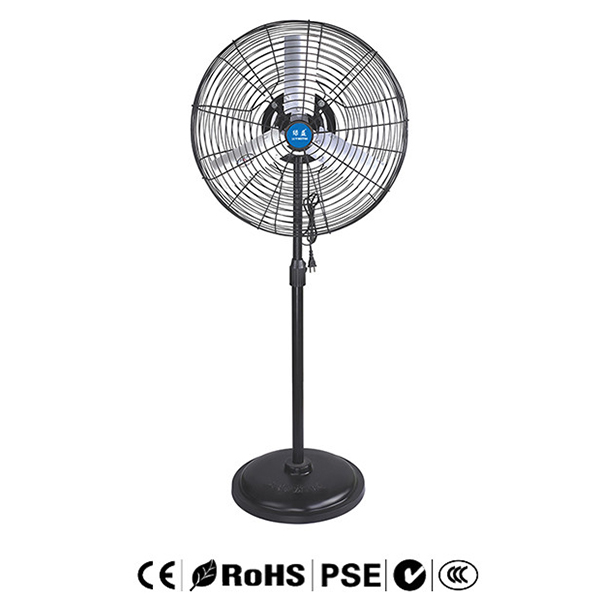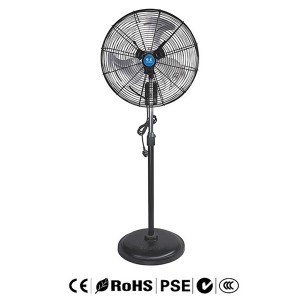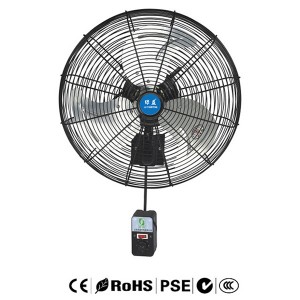Floor type fan HW-18I08
Introduce
of Floor type fan
| Model | Phase | V | W | r/min | m3/min | dB(A) |
| HW-500 | single-phase | 220 | 230 | 1380 | 1200 | 62 |
| HW-600 | single-phase | 220 | 280 | 1380 | 1500 | 67 |
FAQ
Q1. Can I have a sample order ?
A: Yes, we welcome sample order to test and check quality. Mixed samples are acceptable.
Q2. How to proceed an order ?
Firstly let us know your requirements or application.
Secondly we quote according to your requirements or our suggestions.
Thirdly customer confirms the samples and places deposit for formal order.
Fourthly We arrange the production.
Q3. Is it OK to print my logo on product?
A: Yes. Please inform us formally before our production and confirm the design firstly based on our sample.
News -- the origin of fans
Fan, refers to the hot weather with the wind to cool the appliances. The electric fan is a device driven by electricity to generate air flow. After the fan is powered on, it will rotate and turn into natural wind to achieve cool effect.
Mechanical fan originated on the roof. In 1829, an American named James Byron was inspired by the structure of the clock and invented a kind of mechanical fan that can be fixed on the ceiling and driven by wind. This kind of fan turns the blade to bring the gentle cool wind, but has to climb the ladder to wind up, very troublesome.
In 1872, a Frenchman named Joseph developed a mechanical fan driven by a wind turbine and driven by a gear chain device. This fan is much more delicate and convenient to use than the mechanical fan invented by Byron.
In 1880, American Shule installed the blade directly on the motor for the first time, and then connected with the power supply. The blade turned rapidly and the cool wind came to his face. This is the first electric fan in the world.






